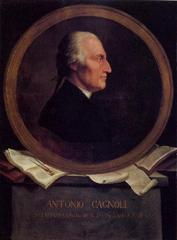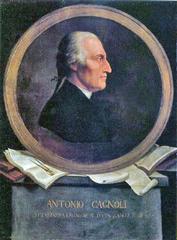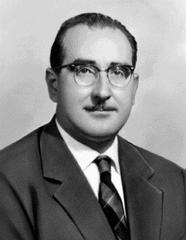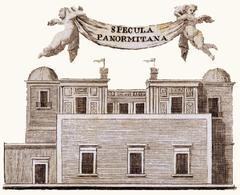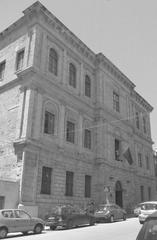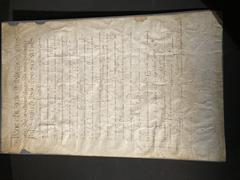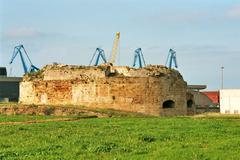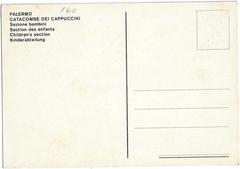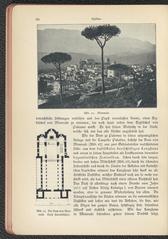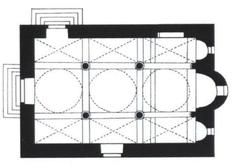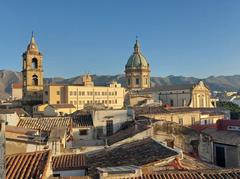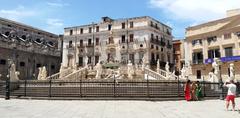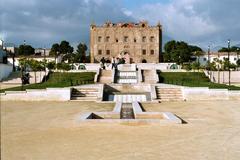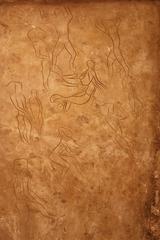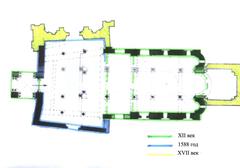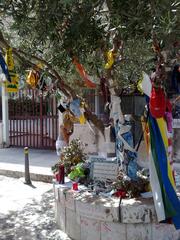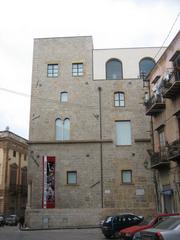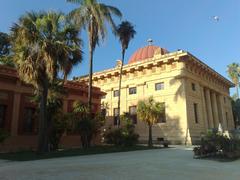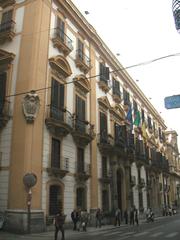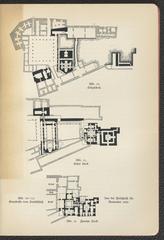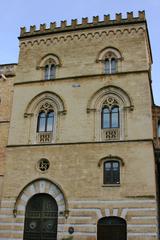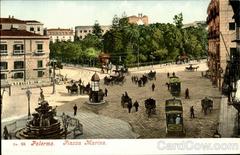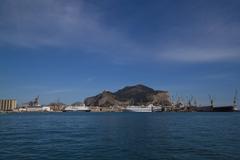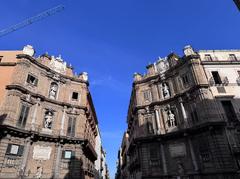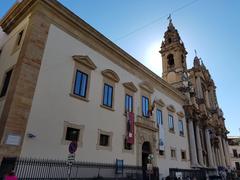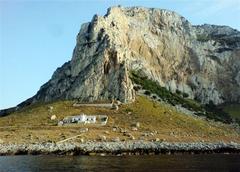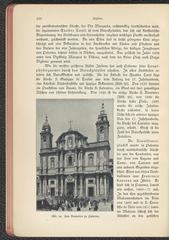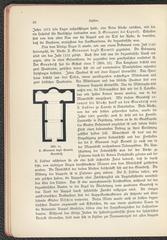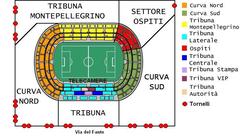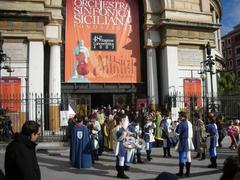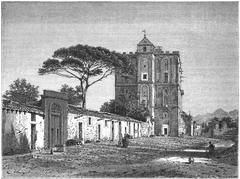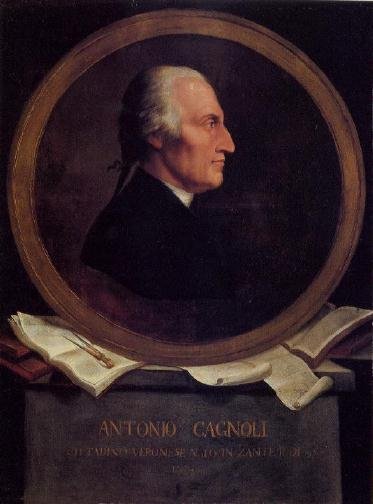
Astronomical Observatory of Palermo: Visiting Hours, Tickets, and Complete Guide
Date: 14/06/2025
Introduction
The Palermo Astronomical Observatory, officially the Osservatorio Astronomico di Palermo “Giuseppe S. Vaiana”, is one of Italy’s most significant scientific and cultural institutions. Founded in 1790 and housed within the historic Palazzo dei Normanni, the Observatory bridges centuries of astronomical research with Sicily’s rich heritage. Famous for Giuseppe Piazzi’s discovery of Ceres and its impressive collections of historic instruments, the Observatory today combines tradition with modern scientific exploration. Whether you are a traveler, astronomy enthusiast, or history lover, this guide provides all you need to plan a memorable visit to this landmark in Palermo (Osservatorio Astronomico di Palermo, INAF Palermo).
What to Expect as a Visitor
A visit to the Palermo Astronomical Observatory offers:
- Guided tours of historical and modern scientific instruments, including the famed Ramsden Circle and Fraunhofer refractor.
- Access to the Museo della Specola, showcasing rare instruments, celestial globes, and artifacts illustrating astronomy’s evolution.
- Educational programs, star-gazing nights, and special events for the public.
- [Inclusive visitor facilities and immersive digital experiences, including virtual tours (Museo della Specola Virtual Tour).](#inclusive-visitor-facilities-and-immersive-digital-experiences,-including-virtual-tours-(museo-della-specola-virtual-tour).)
- [The opportunity to explore Palermo’s historic center and nearby attractions such as the Palatine Chapel, Palermo Cathedral, and Teatro Massimo (Scopri la Sicilia).](#the-opportunity-to-explore-palermo’s-historic-center-and-nearby-attractions-such-as-the-palatine-chapel,-palermo-cathedral,-and-teatro-massimo-(scopri-la-sicilia).)
Historical Overview
Founding and Early Development
Established in 1790 by Ferdinand I of the Two Sicilies, the Observatory was designed to elevate Palermo’s scientific standing. Its first director, Giuseppe Piazzi, equipped it with advanced instruments like the “Palermo Circle” by Jesse Ramsden, marking the start of a distinguished history.
The Discovery of Ceres
In 1801, Piazzi discovered Ceres, the first asteroid, cementing the Observatory’s international reputation and contributing significantly to astronomical science.
Scientific Achievements
- Stellar Cataloguing: Piazzi’s 1803 star catalogue became a European reference point.
- Solar and Stellar Physics: Under Pietro Tacchini, solar spectroscopy flourished.
- Modern Research: Now part of INAF, the Observatory participates in cutting-edge studies of solar coronae, stellar evolution, and supernova remnants (INAF Palermo Research).
Instrumentation
Historic instruments on display include the Ramsden Circle, a meridian circle from Berlin, and a 25-cm Merz equatorial telescope. The Observatory’s horological collection is internationally significant, with artifacts from British, Swiss, Austrian, German, French, and Italian makers (AHS Blog).
Visiting Information
Opening Hours
- Astronomical Observatory: Tuesday to Sunday, 9:00 AM – 5:00 PM (closed Mondays and public holidays).
- Museo della Specola: Visits by reservation only; hours vary seasonally—contact the Observatory or Norman Palace ticket office for details (Cultured Voyages).
Ticket Prices
- General Admission: €8
- Reduced Rate: €5 (students, seniors)
- Children under 6: Free
- Guided Tours: Additional €5 per person; available in Italian and English by reservation (INAF Palermo Tickets)
Advance booking is highly recommended, especially during peak seasons.
Accessibility
The Observatory is wheelchair accessible, with ramps, elevators, and accessible restrooms and parking. The Museo della Specola, located in a historic tower, may have limited accessibility—contact staff in advance for specific needs.
Guided Tours, Educational Programs, and Special Events
- Guided Tours: Led by astronomers, tours are offered daily at 10:00 AM and 3:00 PM. Booking is recommended.
- Educational Programs: Workshops for schools and families, as well as special lectures and events.
- Star-Gazing Nights: Monthly public observation nights with expert commentary—ideal for all ages.
- Special Events: Lectures, temporary exhibitions, and themed evenings; check the official calendar for updates.
Getting There & Nearby Attractions
Location and Access
- Address: Piazza Indipendenza, Palermo, within the Palazzo dei Normanni complex.
- Transport: Bus lines 101 and 102 stop nearby; taxis and limited parking available.
- Nearby Sights: Palatine Chapel, Palermo Cathedral, Quattro Canti, Piazza Pretoria, Teatro Massimo—creating a rich cultural itinerary (Scopri la Sicilia).
Museo della Specola: Highlights and Visitor Guide
Location and Setting
Perched atop the Norman Palace, the Museo della Specola offers panoramic city views and is an essential stop for astronomy and history enthusiasts (WhichMuseum).
Exhibits and Collections
- Achromatic Telescopes: Early optical innovations.
- Sextants, Barometers, Thermometers: Essential scientific instruments.
- Celestial Globes and Quadrants: Tools for mapping the skies.
- Paintings and Archives: Portraits of scientists and rare documents (memsait.it).
Visitor Experience
- Layout: The museum occupies the upper section of the Norman Palace’s tower, with an intimate, immersive atmosphere.
- Photography: Check with staff before taking photos; the terrace offers stunning city panoramas.
- Facilities: No onsite café or shop, but amenities are available within the palace complex.
Reservations and Tips
- Reservations Required: Contact the Norman Palace ticket office or official website.
- Language Options: Tours primarily in Italian; inquire about English options.
- Accessibility: Limited due to stairs; contact ahead for assistance.
- Combine Visits: Plan for at least half a day to explore the Norman Palace and Museo della Specola.
Digital Innovation and Virtual Access
The Observatory is a leader in digital outreach:
- Virtual Tours: Interactive 3D models and panoramic views available on play.inaf.it.
- Educational Resources: The “Look up!” exhibition, developed with Save the Children, offers virtual rooms dedicated to stars, the Moon, and planets.
- Augmented and Virtual Reality: Accessible resources for remote visitors, including English-language materials and interactive content (memsait.it).
Conservation, Stewardship, and Community Impact
The Observatory is at the forefront of scientific heritage conservation, hosting international conferences and developing best practices for the care of historic instruments. Its collections represent the majority of Italy’s astronomical heritage (cambridge.org). The institution’s educational programs, partnerships, and community engagement efforts make it a vibrant center for lifelong learning and scientific inspiration.
Frequently Asked Questions (FAQ)
Q: What are the Observatory’s opening hours?
A: Tuesday to Sunday, 9:00 AM – 5:00 PM; closed Mondays and public holidays.
Q: How much are tickets?
A: General admission €8, reduced €5, children under 6 free. Guided tours cost an additional €5.
Q: Is the Observatory accessible?
A: Yes, with accessible facilities in the main complex; Museo della Specola has limited accessibility due to its historic tower setting.
Q: Are guided tours available?
A: Yes, daily tours (reservation recommended).
Q: How can I book tickets?
A: Online via the official Observatory website or at the ticket office; advance booking is advised.
Q: Are there virtual tours?
A: Yes, comprehensive virtual and interactive tours are available at play.inaf.it.
Q: What other attractions are nearby?
A: Palatine Chapel, Palermo Cathedral, Quattro Canti, Teatro Massimo.
Practical Tips for Visitors
- Book in Advance: Especially for guided tours and Museo della Specola.
- Wear Comfortable Shoes: Some areas involve stairs.
- Check Accessibility: Contact ahead for assistance if needed.
- Stay Hydrated: Palermo summers can be hot.
- Combine Visits: Plan to see other nearby historical sites for a full cultural experience.
- Explore Digital Resources: Use the virtual tour and Audiala app for a richer visit.
Conclusion
The Palermo Astronomical Observatory seamlessly blends history, science, and innovation, making it a top destination for anyone interested in astronomy, culture, or the history of science. With its well-preserved collections, engaging educational programs, and pioneering digital initiatives, the Observatory offers an experience that is both informative and inspiring. For more details, ticket bookings, and the latest event information, visit the official websites and explore the virtual tours.
Sources and Official Links
- Osservatorio Astronomico di Palermo
- INAF Palermo
- Museo della Specola Virtual Tour
- Scopri la Sicilia
- Cultured Voyages
- AHS Blog
- WhichMuseum
- memsait.it
- Cambridge University Press
